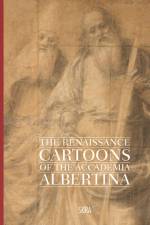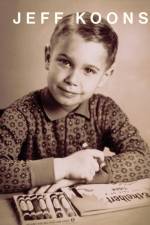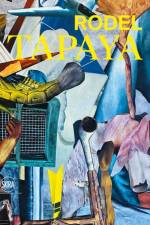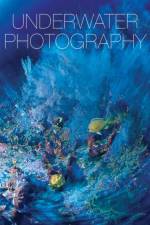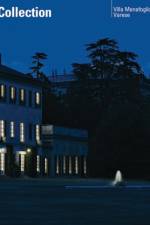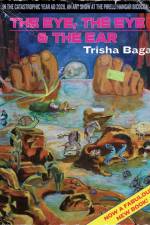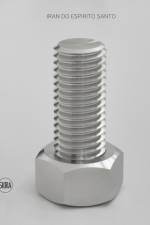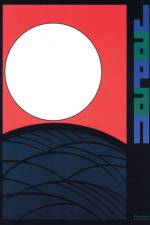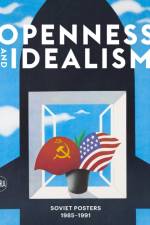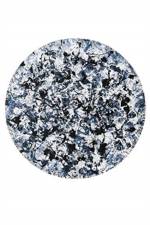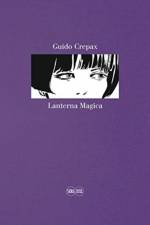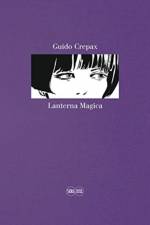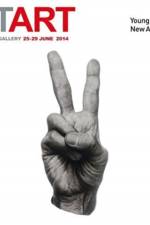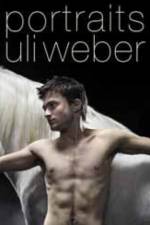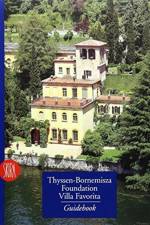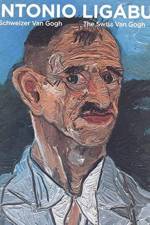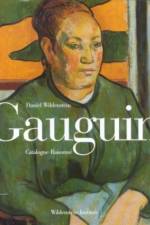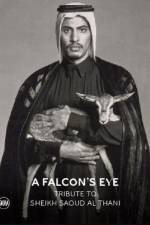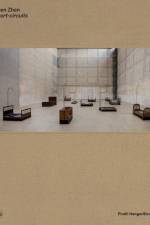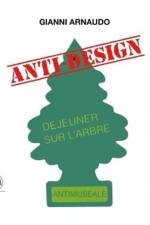- The Giants of the Earth
av Massimo Zanella
501
Dealing with the most famous peaks on the planet, divided into the various continents, the book presents, among others, the peaks of the Himalayas and the Karakorum, which form "the roof of the world". And of course, there is Patagonia, an extreme place, a frontier of the imagination full of natural scenarios that seem to be the beginning and the end of everything. Looking through Mountains, you will discover a new dimension of the African continent, from the sheer cliffs of the Atlas canyons to the snows of Kilimanjaro and Ruwenzori. The great north of Alaska will offer visions of that kingdom of frost over which Denali, the highest mountain on the North American continent, towers over 6,000 metres. Europe and the Alps, with the magic of the Dolomites-a UNESCO World Heritage Site since 2009-will close the extraordinary journey between the peaks that have always fascinated man. If you don't suffer from vertigo, we will take you really high up. The reader will be accompanied on this extraordinary adventure by famous fellow travellers who were fascinated by the power of the mountains and whose immortal pages they left behind: quotations from Dante Alighieri, John Muir, Paulo Coelho, Victor Hugo, Lord Byron, Jane Austen, Friedrich Nietzsche, William Shakespeare, Jeanne Moreau, J.R.R Tolkien and Haruki Murakami will be juxtaposed with the most spectacular images of these rock formations that are scattered over the entire surface of the Earth.

